Your cart is currently empty!
Bodycon, short for “body-conscious,” isn’t just a dress—it’s a statement. Known for its curve-hugging silhouette, this fashion icon first gained momentum in the ’80s and ’90s, leaving an indelible mark on the style scene. Over the years, it’s evolved from a bold nightlife staple to a symbol of empowerment, embracing and celebrating every body. Today, bodycon continues to redefine confidence, blending timeless elegance with modern trends that cater to all shapes and occasions.
The Origins of Bodycon Fashion
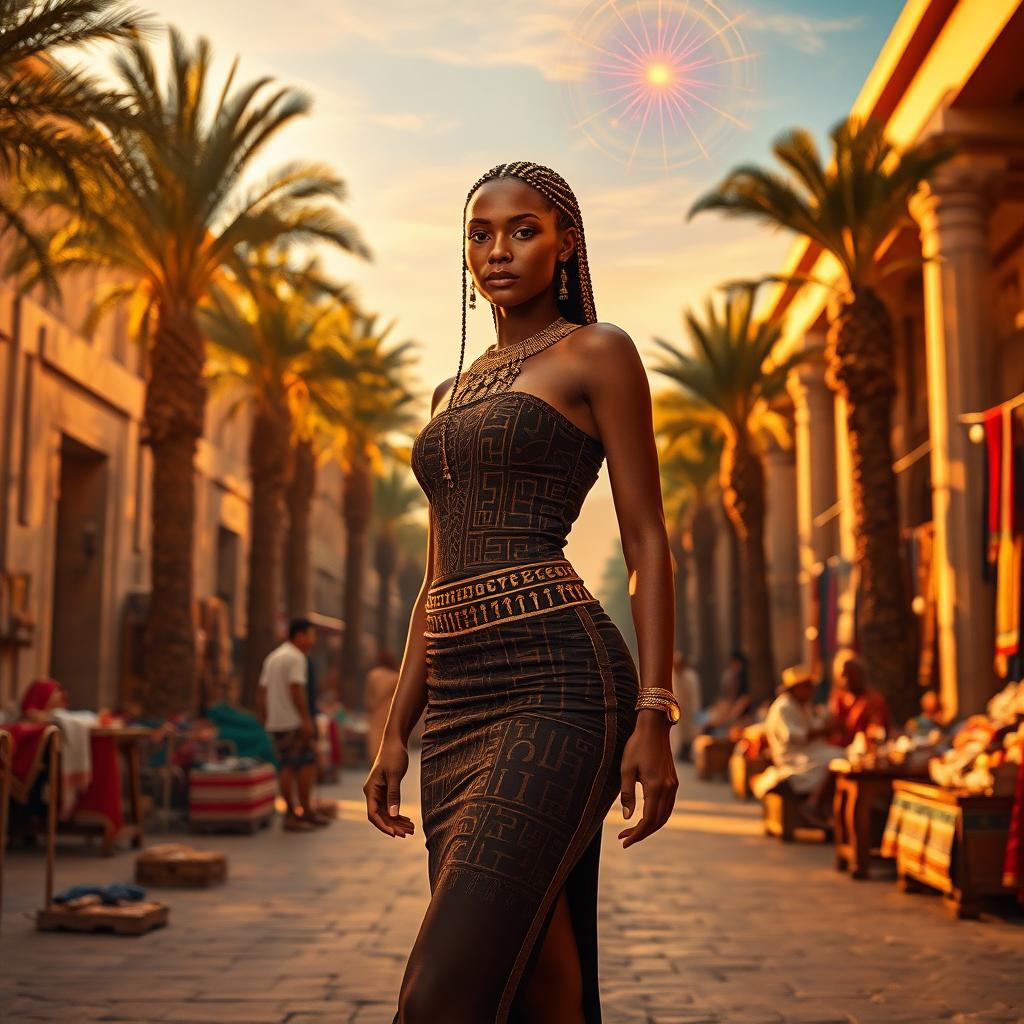
Bodycon fashion, known for its form-fitting appeal, may seem like a product of modern times, but its roots stretch back centuries. By examining its cultural and historical beginnings, we can appreciate how body-hugging garments have shaped our collective sense of style and self-expression.
Ancient Inspirations: Form-Fitting Elegance in Ancient Egypt
The concept of curve-defining clothing can be traced back to the sophisticated sartorial choices of ancient Egypt. Egyptian women’s fashion often featured the kalasiris, a sheath-style dress that clung to the body’s form, highlighting the natural silhouette. These garments were made from fine linen, a breathable and lightweight fabric that allowed elegance to intersect with functionality in the desert climate.
Depictions of Egyptian nobility frequently show women adorned in these draped, fitted dresses, emphasizing femininity and body awareness. The kalasiris not only reflected aesthetic ideals but also symbolized status and fertility, as body definitions were closely tied to health and prosperity in Egyptian culture. The attention to detail, from the tailored fit to elaborate accessories, laid the groundwork for today’s love affair with clothing that celebrates the human form.
For those fascinated by these ancient designs, pieces inspired by Egyptian aesthetics are still influencing today’s fashion culture. Explore unique Egyptian-inspired bodycon styles that blend history with modern trends.
1900s Hourglass Foundations: The Corset’s Impact on Bodycon Style

In the early 20th century, the rise of corsetry reshaped not only women’s silhouettes but also societal expectations regarding body shape. Corsets became a staple for defining the hourglass figure, a hallmark of feminine beauty. Using whalebone, steel, and lace, these tight undergarments pushed fashion closer to body-conscious ideals, even if practicality often took a backseat.
As fashion evolved, designers began incorporating corset-like tailoring in dresses and evening wear, gradually transitioning from strict undergarments to more natural, form-fitting designs. This evolution laid the groundwork for what we now recognize as the essence of bodycon clothing—emphasizing curves and celebrating the body’s natural lines.
The structured tailoring of this era did more than influence aesthetics; it gave women tools to command attention and assert confidence. From Edwardian high society to modern glam, the echoes of corsetry live on. For a deeper history of corset fashion that influenced modern silhouettes, you can refer to this piece by Vogue.
The early 1900s was a time of tightly cinched waists and sculpted tales, setting a standard for the body-conscious styles that would come to dominate decades later.
The Hollywood Glamour Influence
Hollywood during the 1930s and 1940s wasn’t just a hub for groundbreaking cinema—it was the runway of glamour, dictating global fashion trends. Body-hugging designs took center stage under the glitz and sparkle of movie premieres and silver-screen wardrobes, shaping fashion itself into an art form. These styles didn’t just dress women; they enhanced, defined, and transformed cultural ideas about femininity and allure.
Sheath Dresses of the 1930s and 1940s
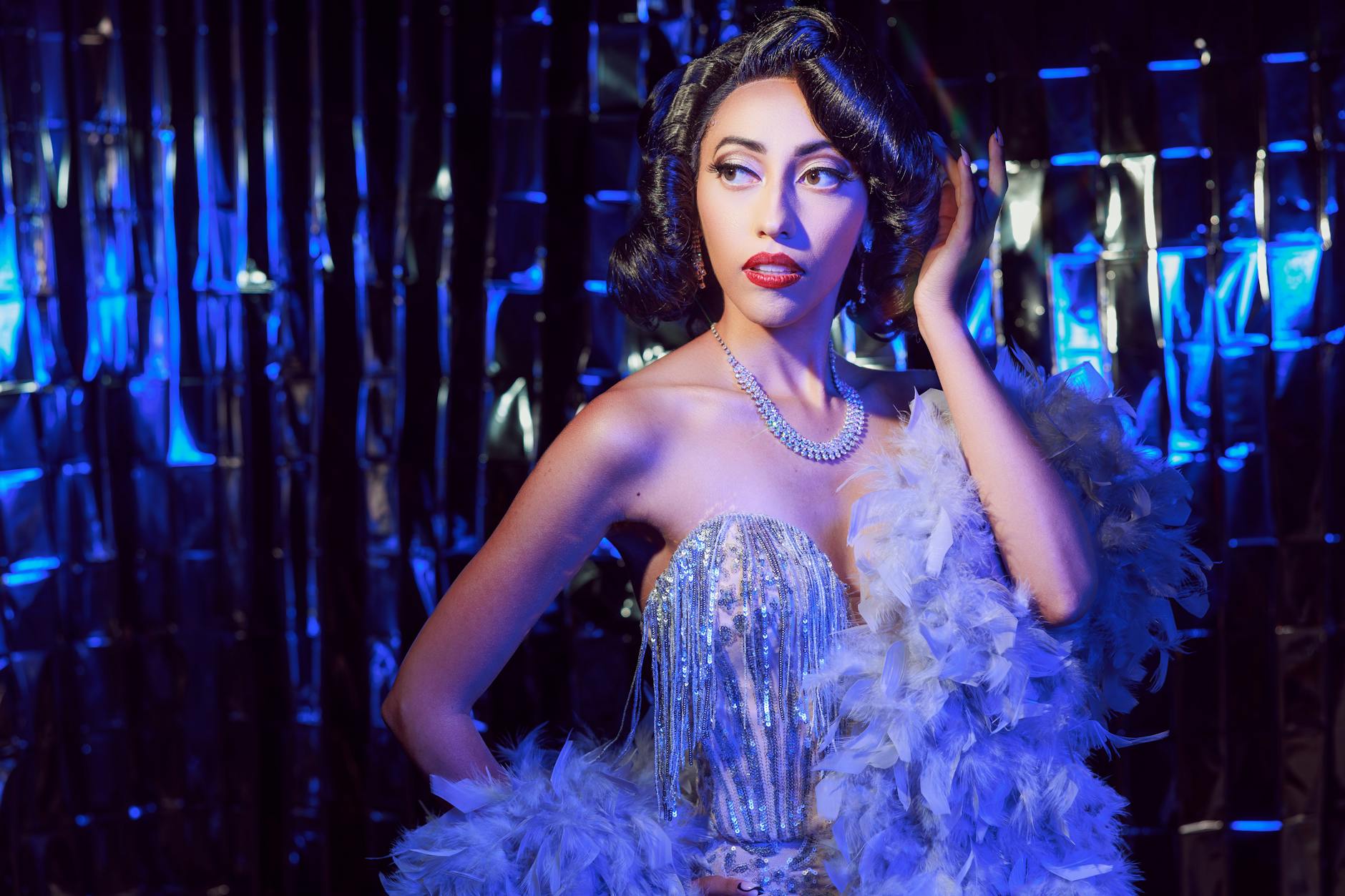
Photo by andres casallas
Hollywood’s leading ladies, such as Jean Harlow and Rita Hayworth, turned the sheath dress into a symbol of sophistication and sensuality. These dresses, known for their sleek, body-skimming silhouettes, moved away from bulky designs and celebrated a more natural form. On-screen, they created an air of intimacy, allowing actresses to appear effortlessly polished and relatable while exuding untouchable glamour.
Key aspects of these dresses included:
- Bias cuts that draped languidly over the body.
- Luxurious fabrics like silk and satin, which shimmered under studio lights.
- Deceptively simple tailoring, designed to enhance natural curves.
The sheath dress wasn’t merely about style—it was a subconscious nod to societal shifts. Women saw these glamorous actresses and embraced the body-celebrating confidence portrayed onscreen. As The House of Foxy explains, this was an era of unabashed escapism, where structured yet fluid styles allowed women to embody the luminous world of their favorite stars.
Fashion in Hollywood didn’t just influence red-carpet styles. It seeped into everyday wardrobes, cementing close-fitting silhouettes as a timeless trend. The sheath dress of that time planted the seeds for the contemporary bodycon’s sharp focus on curves and form.
The Emergence of Swimwear Trends
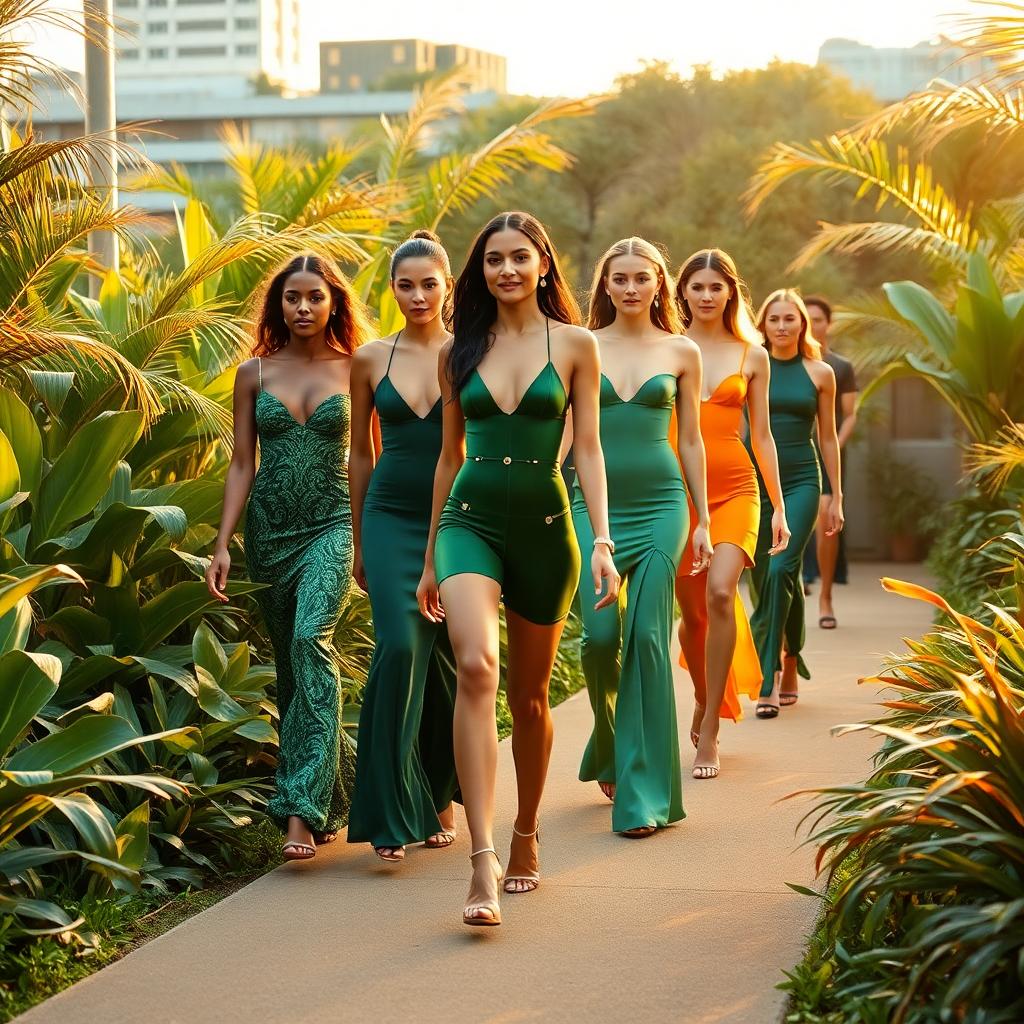
By the mid-20th century, another form of body-conscious clothing began making waves—literally. The evolution of swimwear contributed significantly to the acceptance of tight-fitting styles in fashion. Moving past bulky wool bathing suits, innovators introduced two-piece ensembles and figure-shaping cuts designed to highlight the natural body.
In the 1930s, swimwear redefined beach fashion with designs that hinted at modern-day bodycon principles:
- High-waisted bottoms and structured tops mimicked the shape-enhancing styles of fitted dresses.
- Elastic materials like Lastex allowed designs to hug the body for the first time.
- Swimwear included bold cutouts and lowered backs that paired modesty with daring appeal.
The influence snowballed in subsequent decades, as designers drew inspiration from the effortless beauty of seaside fashion. These trends didn’t stay on beaches; they found their way into shapewear and everyday evening attire, proving that function and style could coexist. According to The Evolution of Swimwear, this marked the beginning of tighter, curve-defining apparel becoming not only acceptable but celebrated in women’s wardrobes.
The combination of sheer movie theatrics and practical innovations birthed styles that translated the allure of a film star into everyday wear. Who wouldn’t want to channel golden-age glamour at the beach or a party? This bridge from screen to reality paved the way for the deeper adoption of bodycon styles worldwide.
Bodycon’s Defining Era: The 1980s and 1990s
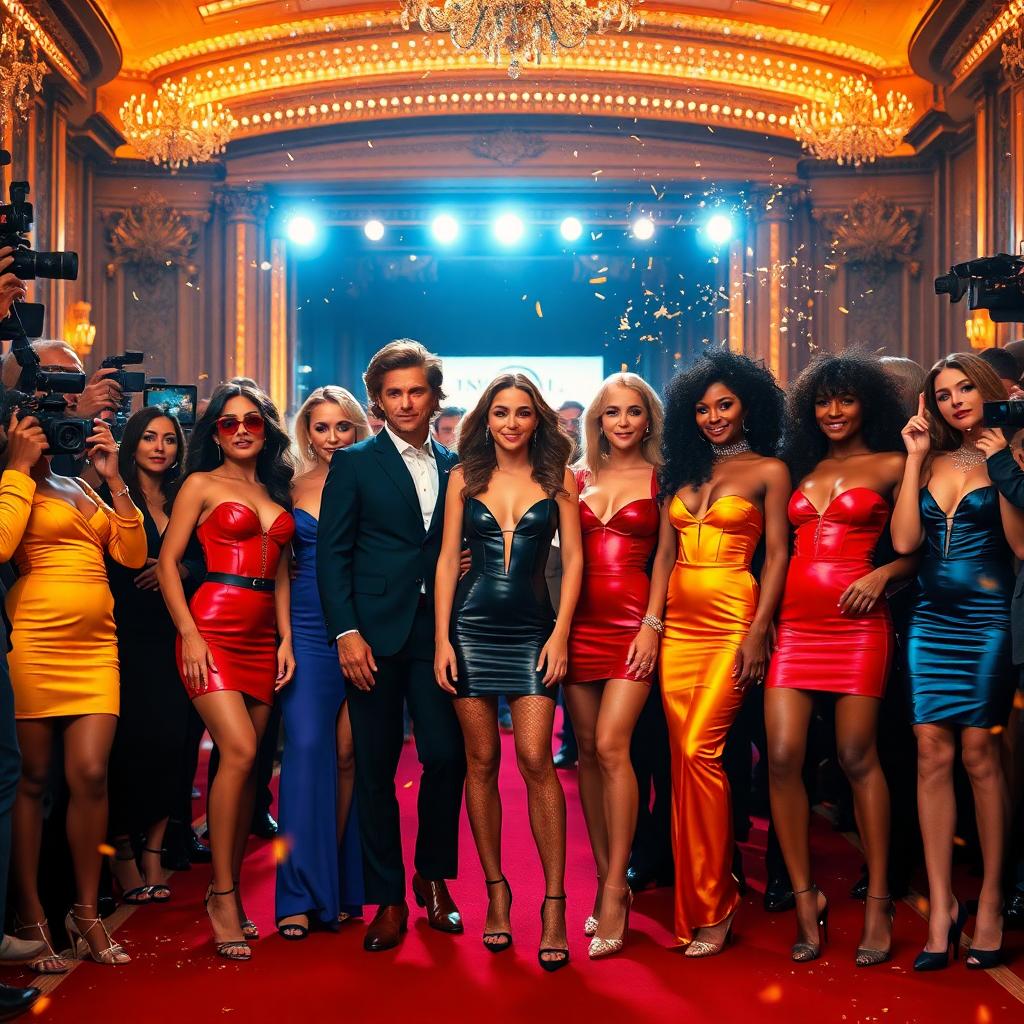
The 1980s and 1990s were transformative decades in the world of fashion, with the bodycon dress emerging as a symbol of empowerment, sensuality, and bold self-expression. This was the era where daring aesthetics collided with master craftsmanship, leading to the creation of timeless designs that continue to resonate today. Let’s take a look at the designers, cultural phenomena, and style icons who cemented bodycon’s place in the fashion hall of fame.
Azzedine Alaïa’s Groundbreaking Designs
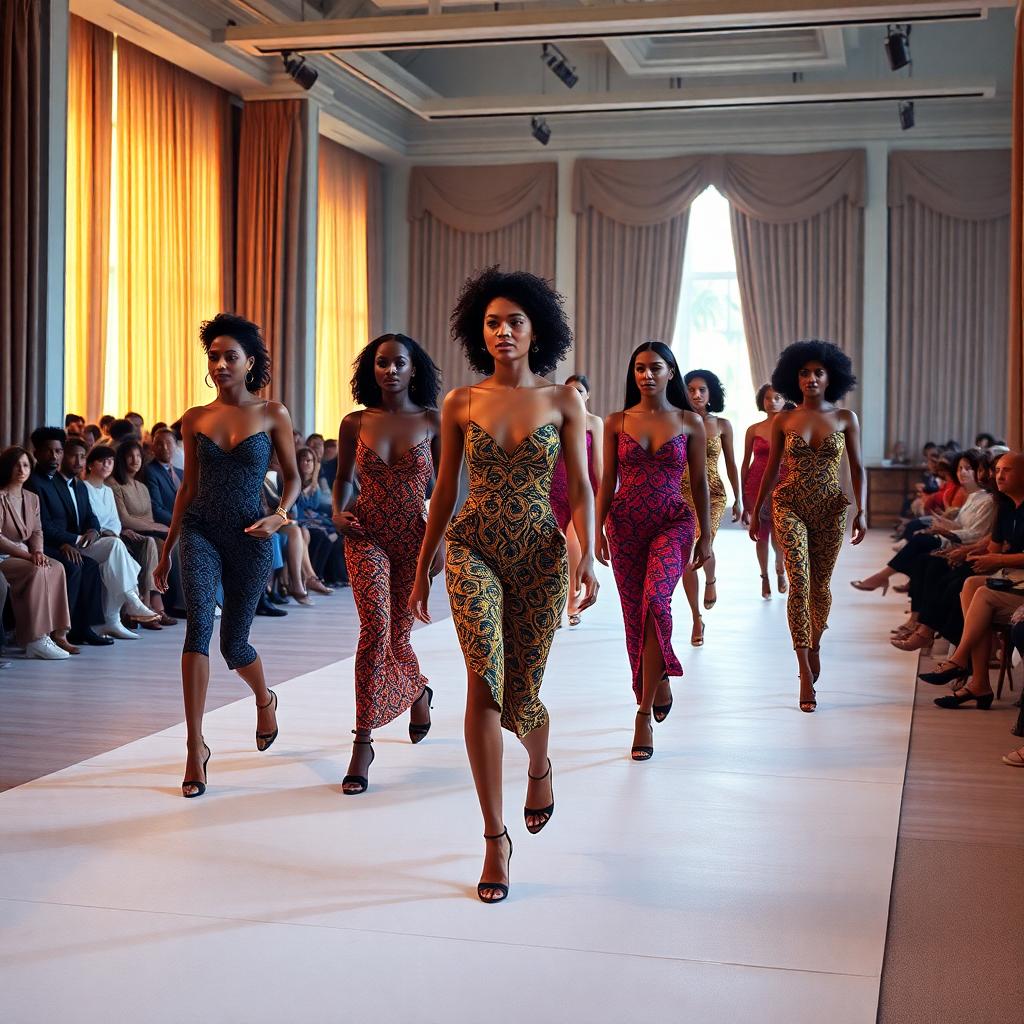
Azzedine Alaïa was not just a designer; he was an architect of fashion. Known as the “King of Cling,” Alaïa revolutionized the bodycon dress in the 1980s with his signature curve-hugging silhouettes. His Tunisian roots and deep understanding of anatomy allowed him to create garments that celebrated women’s bodies with precision and elegance. Alaïa’s designs weren’t just about aesthetics—they were about empowerment, giving women the confidence to embrace their natural shapes.
Alaïa experimented with intricate details, including complex stitching techniques, bold zippers, and contoured seams that elevated the bodycon dress into a work of art. His influence wasn’t limited to the runway; Alaïa’s vision reshaped how society viewed femininity and sensuality. Even today, his masterpieces remain icons of timeless design. For more on how Alaïa defined fashion during this era, check out The Legacy of Azzedine Alaïa.
The Hervé Léger Bandage Dress Phenomenon
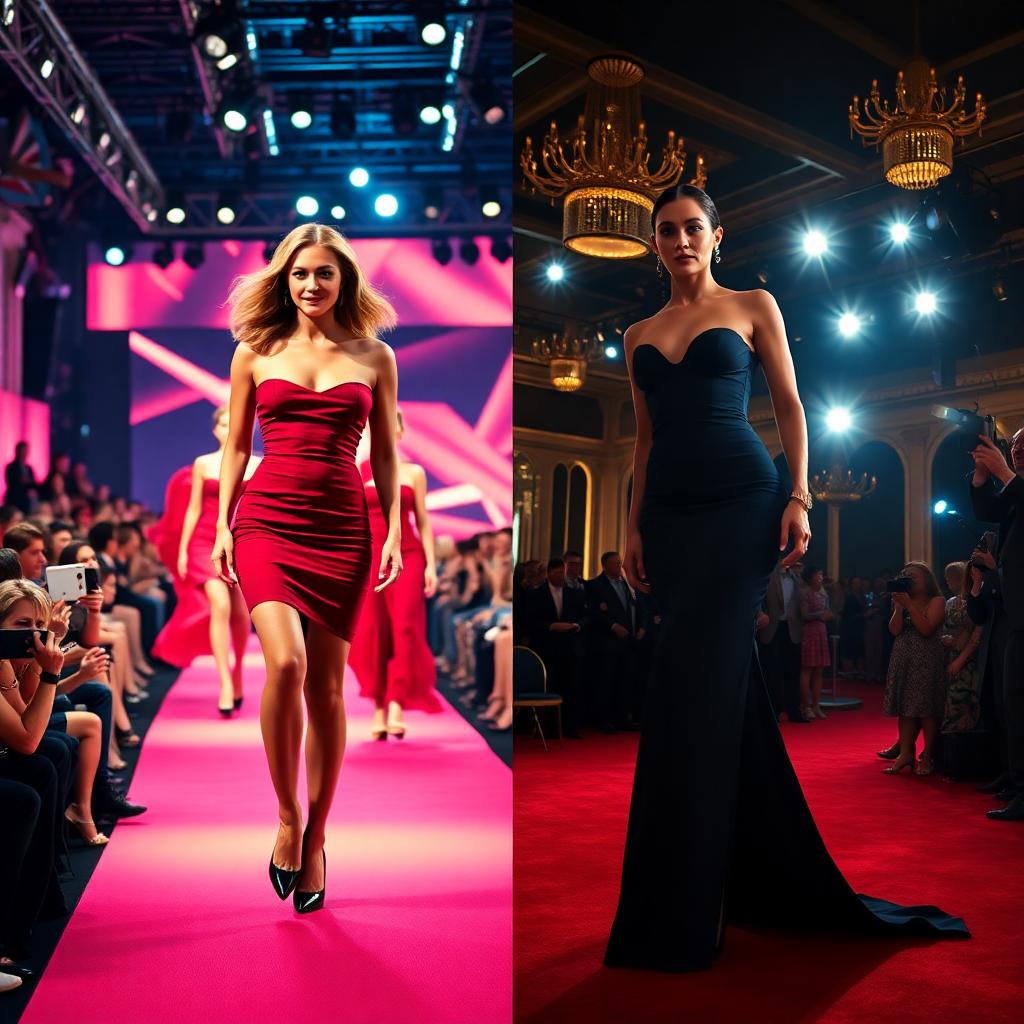
When Hervé Léger introduced the bandage dress in the 1990s, it was nothing short of a global sensation. This unique creation, made from elastic strips sewn together, was designed to sculpt the body and showcase every curve. It wasn’t just a dress—it was a confidence booster in garment form.
Celebrities and supermodels alike, including Cindy Crawford, Naomi Campbell, and Victoria Beckham, became synonymous with the trend. Hervé Léger’s bandage dress didn’t simply influence fashion; it changed how women viewed themselves, celebrating body positivity long before it became a cultural movement. Explore more about its fascinating journey at The History of the Hervé Léger Bandage Dress.
The Japanese Bodikon Subculture
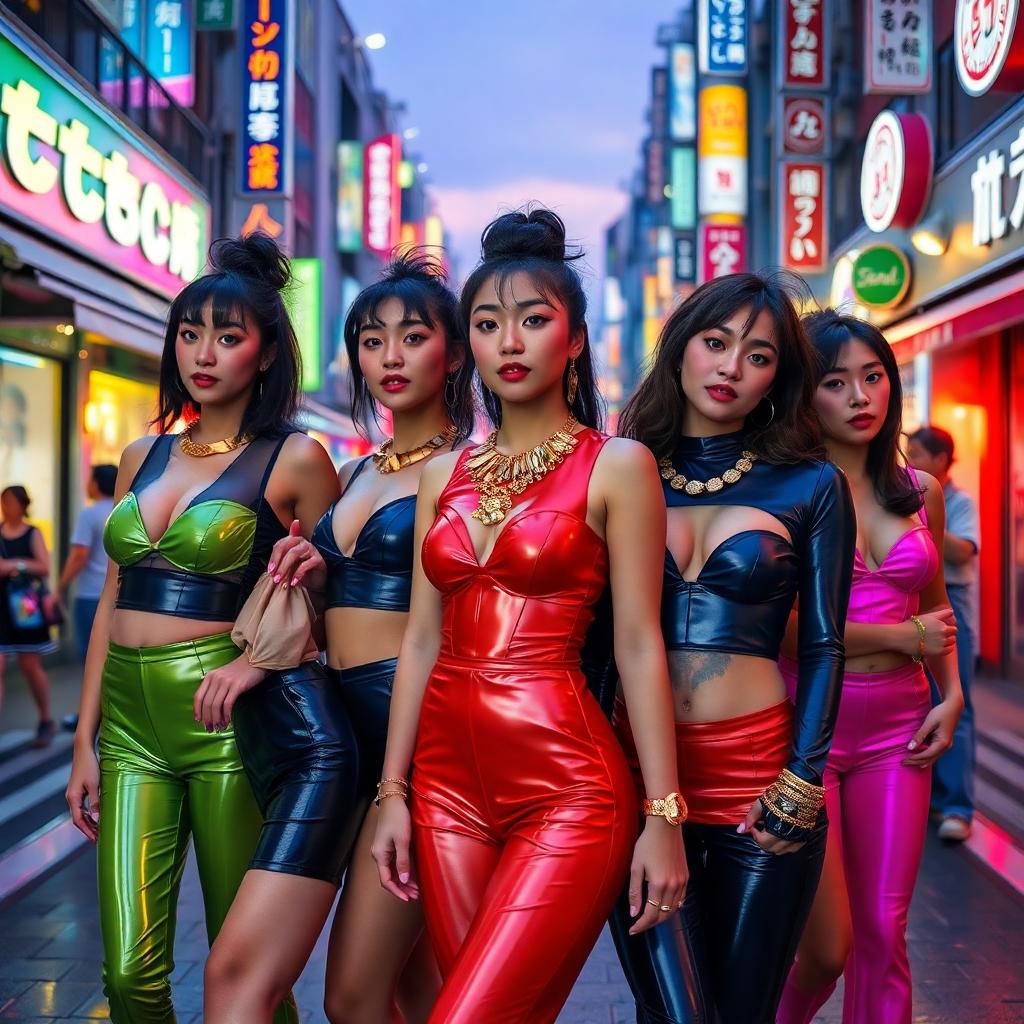
While bodycon ruled Western runways, it also found a unique cultural expression in Japan through the Bodikon subculture. The term “Bodikon,” derived from “body-conscious,” referred to the hyper-glamorous style embraced by young Japanese women in the late 1980s and early 1990s. Think shiny dresses, vibrant colors, and bold accessories, all styled to perfection for Tokyo’s energetic nightlife scene.
This subculture was more than just a fashion statement—it embodied Japan’s thriving economy and youthful exuberance of the time. Bodikon mirrored bodycon’s global impact while adding its own flair, emphasizing individuality and modernity. Unpack the cultural evolution of this trend at Bodikon on Aesthetics Wiki.
Celebrities as Bodycon Style Icons

From music videos to red carpets, celebrities in the 1980s and 1990s became bodycon’s ultimate ambassadors. Stars like Madonna, Cher, and Grace Jones embraced the silhouette as an essential part of their image, influencing fans to follow suit. Each public appearance was a declaration of confidence and bold style, showing how bodycon dresses seamlessly blurred the line between fashion and performance art.
One of the most iconic moments? Princess Diana stepping out in a sleek black bodycon dress, dubbed the “revenge dress,” after her split from Prince Charles. This single outfit catapulted the conversation about bodycon from clubwear to mainstream elegance. For a deeper dive into celebrity influence on bodycon, see Bodycon Dresses in History Timelines.
In the 1990s, supermodels like Kate Moss and Naomi Campbell amplified bodycon’s impact by adopting minimalistic yet sultry dresses for both casual outings and glitzy parties. Their off-duty looks exuded effortless sophistication, proving that bodycon was versatile enough for any occasion.
These decades gave us more than unforgettable designs—they defined how we think about confidence, form, and personal style.
The Bodycon Revival in the 2010s and Beyond

The 2010s saw bodycon fashion roar back onto the trend radar, proving its enduring appeal. This makeover was more than a rehash of past styles. The revival reimagined bodycon, making it adaptable, inclusive, and even ecologically conscious. Here’s how bodycon transformed and expanded into the modern era.
Contemporary Celebrity Endorsements
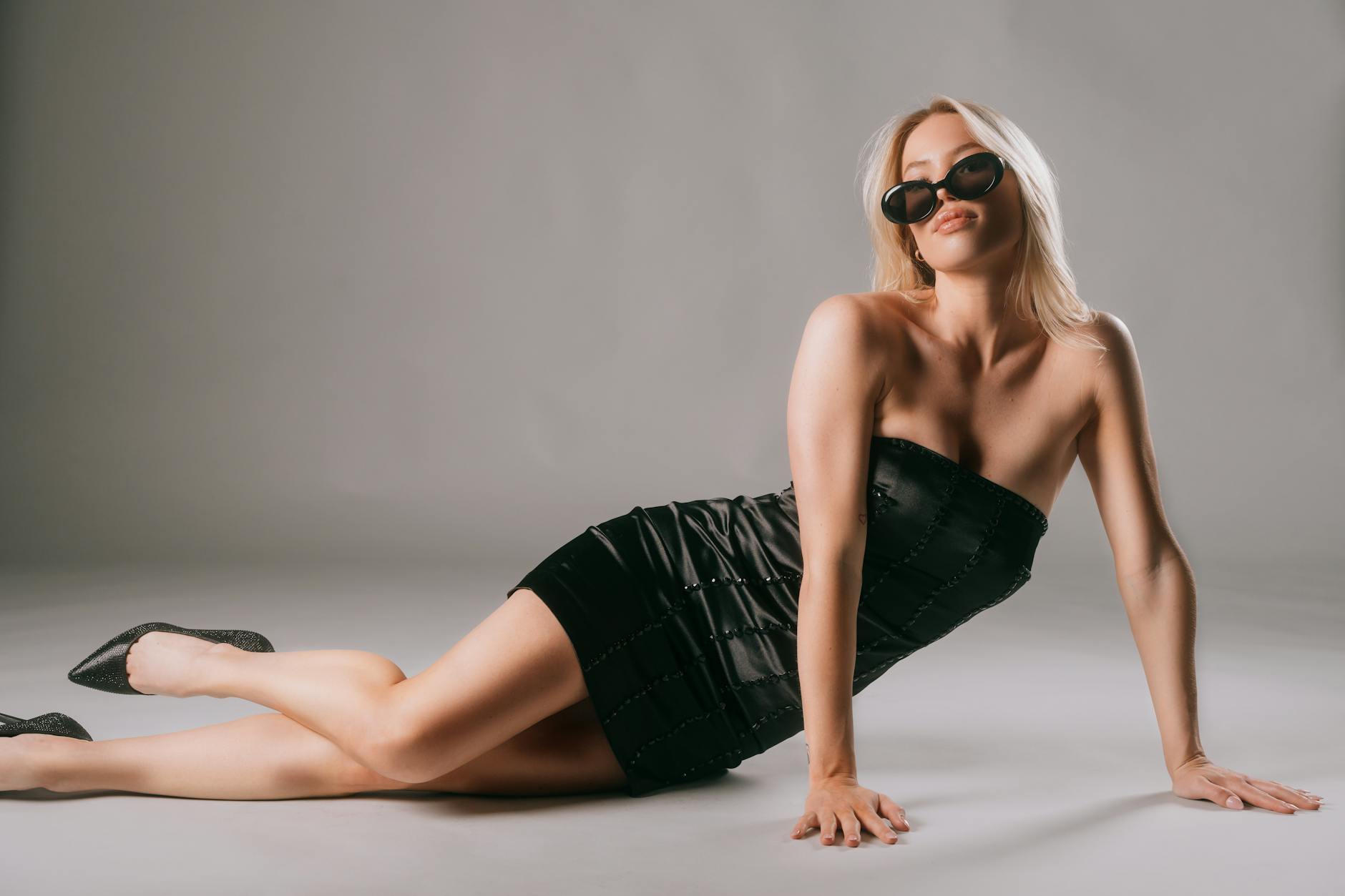
Photo by Luis Erives
In the 2010s, stars like Jennifer Lopez rekindled the allure of bodycon dresses. J.Lo, known for her figure-flattering outfits, became a symbol of bodycon’s resurgence. Her appearance in fitted silhouettes on red carpets and music videos wasn’t just about style—it signaled a celebration of form and confidence. Who can forget her iconic sequined bodycon looks that lit up events and dominated social media?
Celebrities like the Kardashians also played a pivotal role in revitalizing the trend. Their public personas, combined with their fashion-forward aesthetics, helped establish bodycon as a wardrobe essential for those wanting to highlight their natural shapes. From Balmain’s structural pieces to custom designs, bodycon once again became a go-to for star-studded nights. Get the full story on Jennifer Lopez’s role in the bodycon revival to learn more about how she influenced this trend here.
New Materials and Sustainable Fashion
Modern bodycon isn’t limited to bold appearances. It’s also part of the sustainability revolution. Today’s designers experiment with eco-friendly fabrics that hug curves and reduce fashion’s environmental footprint. Materials like organic cotton, recycled lycra, and even plant-based alternatives offer stretch without sacrificing ethics.
The inclusion of stretchable but sustainable options means consumers can look good and feel good about their choices. After all, swapping synthetics for biodegradable materials ensures that bodycon aligns with eco-conscious values. Designers like Stella McCartney and brands emphasizing circular fashion models are proving that being chic and sustainable isn’t mutually exclusive. You may see this influence reflected in bodycon-styled units featured in 2025 wardrobe collections.
Expansion Beyond Dresses
Bodycon isn’t confined to dresses anymore. The 2010s expanded the style into athleisure, two-piece sets, and even jumpsuits. These modern interpretations allowed bodycon to slip seamlessly into everyday wardrobes, offering comfort and style in one design.
- Athleisure: Bodycon leggings and fitted crop tops emerged as gym-to-street fashion staples.
- Matching Sets: Coordinated body-hugging sets became a hit—perfect for brunch, errands, or casual evenings.
- Versatile Jumpsuits: Sleek one-piece bodycon designs bridged the gap between practical and trendy.
Bodycon-inspired styles now go beyond party wear, making everyday dressing more inclusive and diverse. This shift reflects the versatility of form-fitting silhouettes, demonstrating that they complement more than cocktail hours.
Cultural Shifts and Body Positivity
The bodycon revival also coincided with profound cultural changes. The rise of body positivity empowered people to celebrate all shapes and sizes, challenging outdated beauty standards. No longer reserved for only one body type, bodycon designs of the 2010s embraced curves, edges, and everything in between.
The #LoveYourBody movement encouraged brands to expand their offerings. Today, shoppers can find bodycon pieces tailored for petite, tall, curvy, and athletic frames. This shift didn’t just reflect fashion trends—it was a societal push toward inclusivity. Designers began to prioritize adaptive fits and marketing with diverse casting to reinforce the message that bodycon, and fashion in general, belongs to everyone.
Bodycon’s endurance isn’t just about its form-flattering appeal—it’s about its ability to evolve and resonate with broader cultural narratives. From luxurious fabrics to its seamless entry into athleisure and its message of empowerment, it’s clear bodycon isn’t bowing out anytime soon.
What’s Next for Bodycon Fashion?
Bodycon fashion has always been a chameleon, morphing into styles that reflect the culture and technology of its time. Looking toward the future, bodycon isn’t just sticking to old patterns—it’s poised to break new ground with bold trends, cutting-edge materials, and even digital realities. Let’s explore what could shape the next chapter of bodycon fashion.
Emerging Trends for 2025 and Beyond
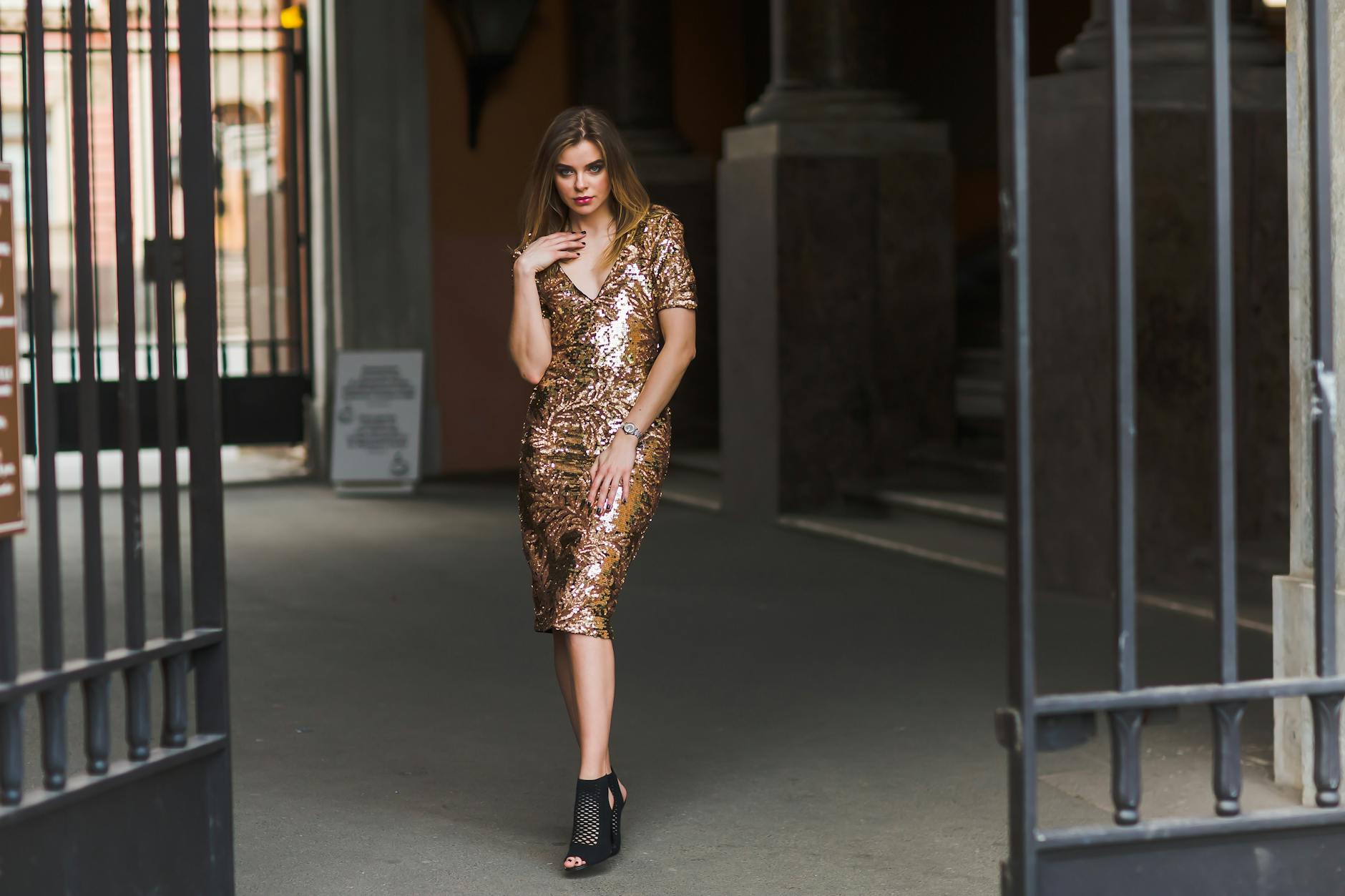
Photo by Pixabay
Bodycon in 2025 is set to embrace fresh design elements that reinterpret classic figure-hugging looks. What will define the next wave of bodycon style?
Here are the trends expected to dominate:
- Ruched Features: Styles embellished with ruching can introduce texture while flattering the form, creating a playful yet refined silhouette.
- Metallic Fabrics: Think high-shine golds, silvers, and futuristic chromes. Metallic bodycon dresses will bring a modern edge to nighttime and even high-fashion daywear.
- Monochromatic Aesthetics: A sleek all-black or all-white bodycon ensemble might seem simple, but minimalist designs paired with impactful tailoring will scream sophistication.
Incorporating these elements signals bodycon’s commitment to evolving with an increasingly bold and adventurous global fashion scene. Want to stay ahead of the curve? Check out some of these 2025 runway trends showcased earlier this year.
Technology’s Role in Fashion Evolution
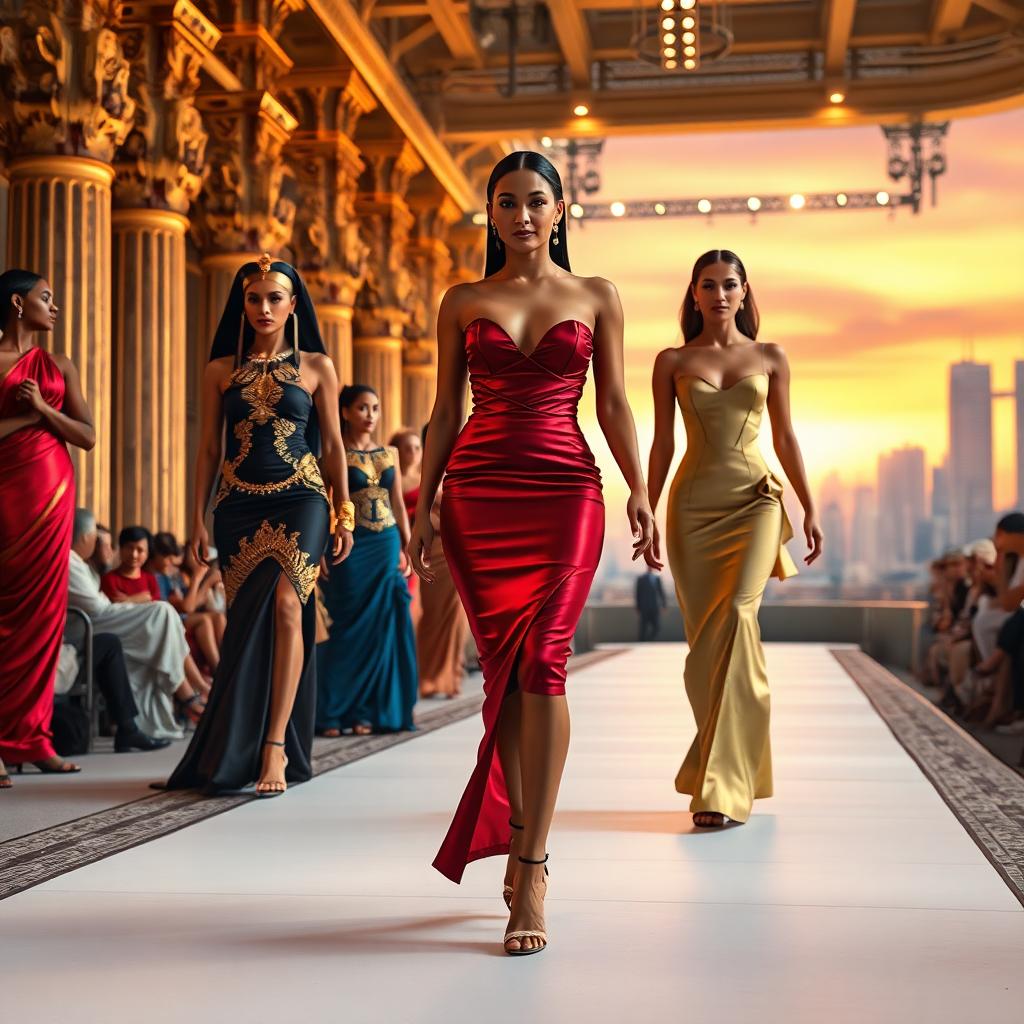
Imagine a future where your bodycon dress isn’t just stylish but also packed with tech. Wearable technology and innovative materials are poised to transform bodycon into something entirely new.
- Smart Fabrics: Dresses that light up, change color, or monitor biometric data? Flexible materials embedded with smart tech will create bodycon styles that are as functional as they are fashionable.
- 3D Printing: Designers are experimenting with flexible, 3D-printed materials to achieve unparalleled precision and customization. This could allow you to go from clicking ‘order’ online to receiving a dress tailored explicitly to your shape.
- Sensors in Fashion: Ever wanted a dress that adjusts to temperature or changes its fit on command? The integration of advanced sensors could make it a reality.
These innovations aren’t just speculation. Cutting-edge projects are underway, like the ones highlighted by PulseForge in its exploration of wearable technologies.
Bodycon in Digital Spaces
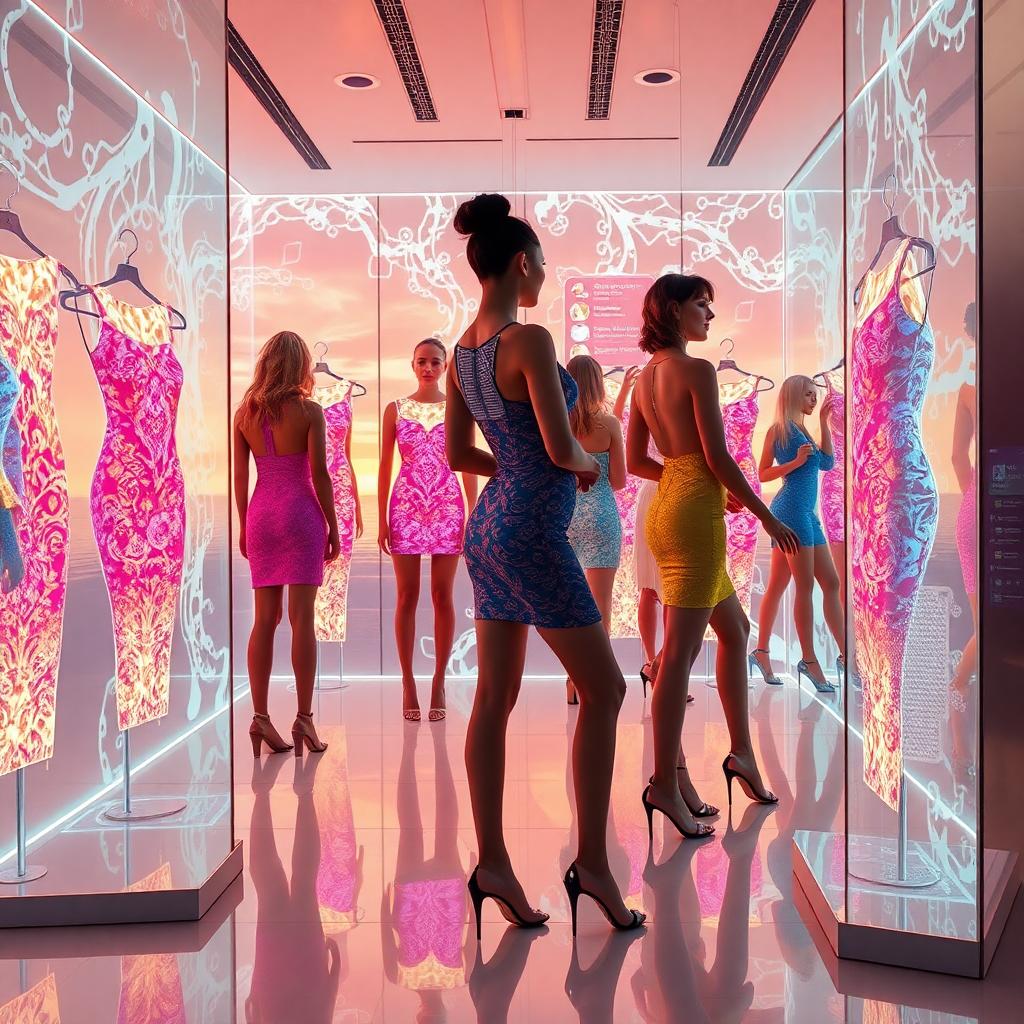
Beyond physical fashion, the rise of digital experiences offers a completely new runway: the virtual world. What does this mean for bodycon?
- Virtual Dressing Rooms: Shopping for bodycon styles in 3D could soon allow you to try before you buy—entirely virtually. Augmented reality apps are already letting users see how outfits would fit their form.
- The Metaverse Revolution: Bodycon designs are making their way into Metaverse fashion, where avatars can sport the latest trends in hyper-customized digital pieces. Designers are reimagining bodycon for audiences who want to stand out in virtual spaces.
- Interactive Fashion Events: Immersive runways in the Metaverse showcase bodycon styles paired with dazzling digital graphics. These events aren’t just a novelty—they’re shaping how brands connect with consumers globally.
The digital sphere offers limitless ways to express style. Explore more about how the Metaverse is redefining fashion.
As these advances come to life, bodycon’s journey into the future promises to be innovative, inclusive, and boundary-pushing. With fresh trends on the horizon, it’s clear the bodycon dress is far from losing its star power.
Conclusion
Bodycon fashion has transcended trends, weaving itself into the fabric of style history while adapting to cultural shifts and technological advances. Its journey—from ancient inspirations to glittering Hollywood glamour, from the bold statements of the ’80s to today’s inclusive designs—tells a story of timeless elegance and confidence.
More than just a silhouette, bodycon represents empowerment, celebrating the beauty of every shape and size. With its capacity to evolve while staying true to its core, it reminds us that fashion can both honor the past and embrace the future.
What does bodycon mean to you? Share your thoughts and join the ongoing conversation about this enduring fashion icon.
Powered by Azon AutoSites
Related Posts

Technical Analysis: 4 Stocks with signs of death crossovers to keep an eye on

HDFC Bank & 3 other fundamentally strong stocks trading above 200 DMA to keep an eye on

Falling Channel Breakout: Multibagger NBFC Stock Shows Bullish Momentum on Daily Chart

4 Fundamentally strong stocks to buy for an upside potential of up to 36%; Do you hold any?


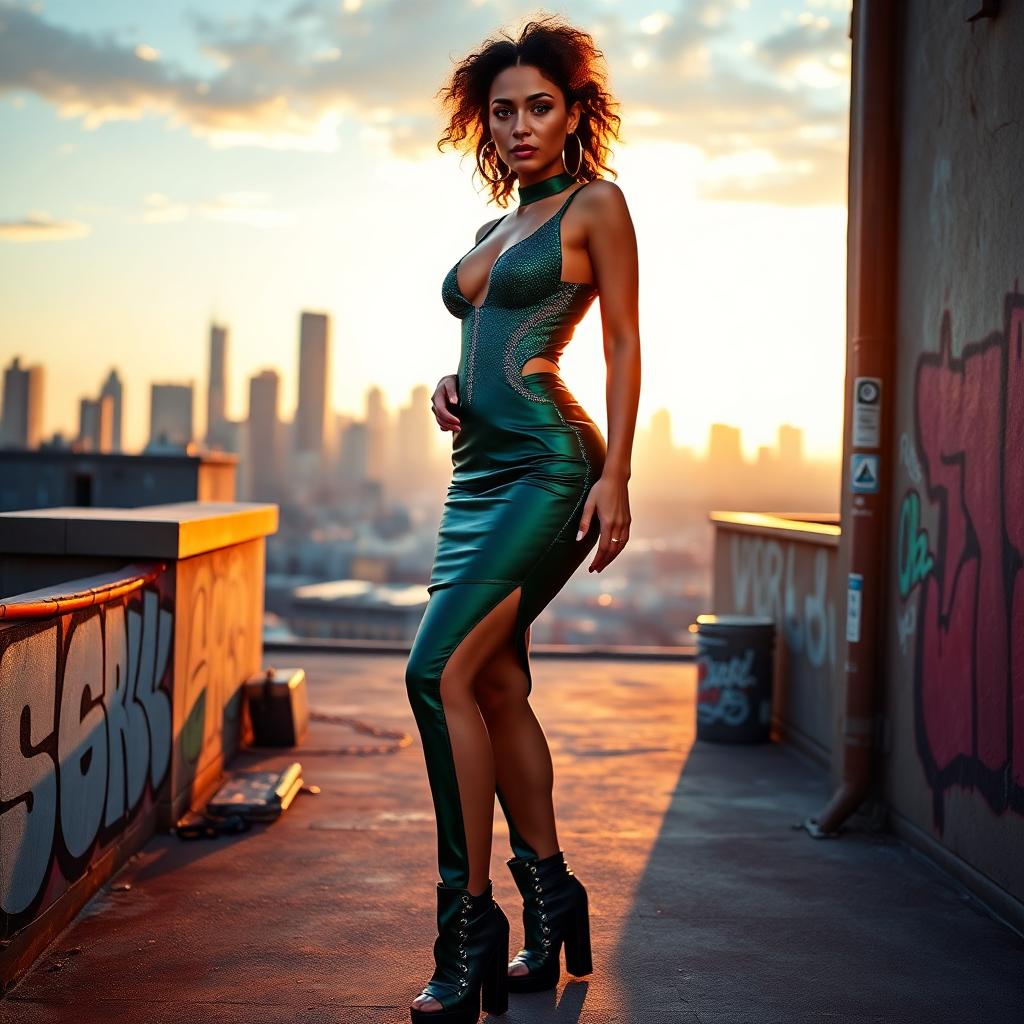
Leave a Reply